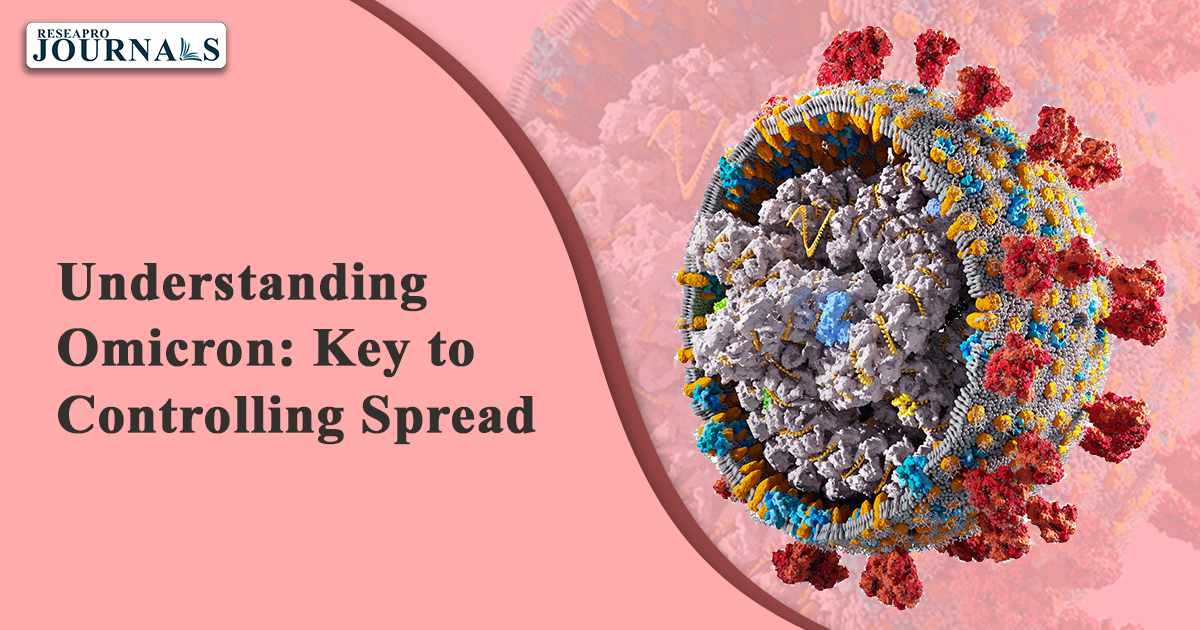
The topic discusses the broader species receptor binding of the Omicron variant of SARS-CoV-2. The Omicron variant carries multiple unusual mutations, particularly in the receptor-binding domain (RBD) of the spike (S) protein. Host-adapting mutations were also observed in the Omicron RBD, indicating the necessity to evaluate the interspecies transmission risk of the Omicron variant. The researchers evaluated the interspecies recognition of the Omicron BA.1 and Delta RBDs by 27 ACE2 orthologs, including humans. They found that Omicron BA.1 expanded its receptor binding spectra to palm civets, rodents, more bats (least horseshoe bat and greater horseshoe bat), and lesser hedgehog tenrec.

Additionally, the cryo-electron microscopy (cryo-EM) structure of the Omicron BA.1 S protein complexed with mouse ACE2 (mACE2) and the crystal structure of Omicron RBD complexed with palm-civet ACE2 (cvACE2) were determined. Several key residues for the host range have been identified. These results suggest that surveillance should be enhanced on the Omicron variant for its broader-species receptor binding to prevent spillover and expansion of reservoir hosts for a prolonged pandemic. The study highlights the importance of understanding the structural bases of the virus’s ability to bind to different species’ receptors, which can inform strategies to prevent interspecies transmission and control the spread of the virus.
